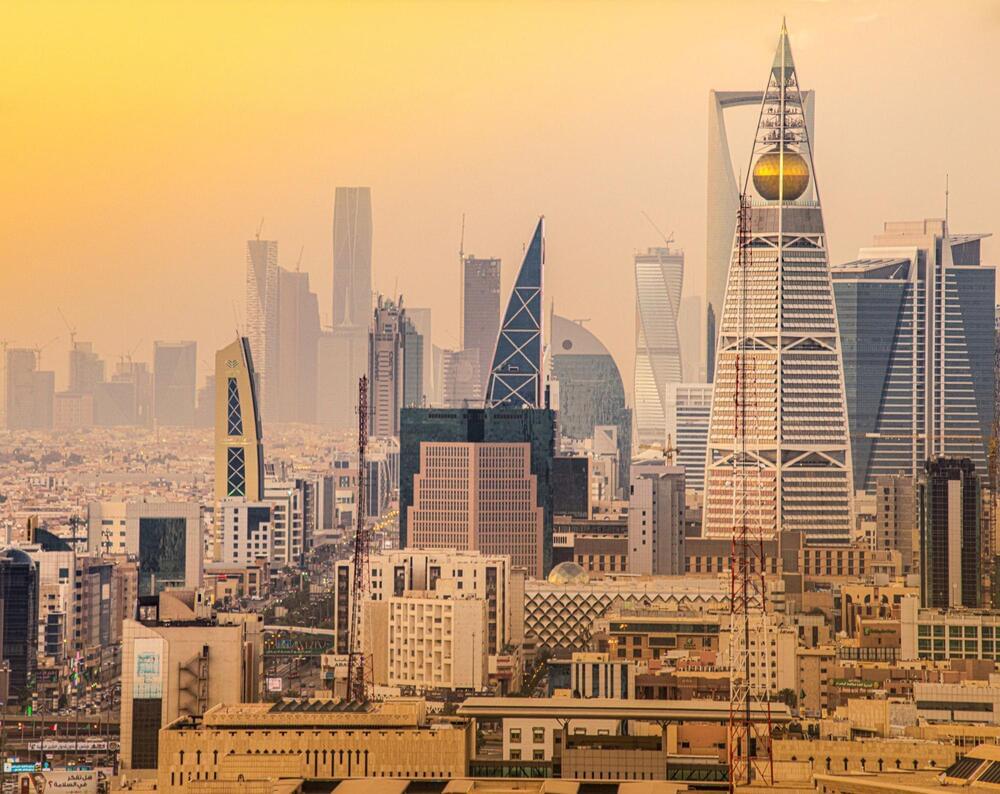A recent study from UNSW Sydney demonstrates that significant reductions in the temperatures of major cities located in hot desert climates can be achieved alongside decreases in energy expenses.
The findings, recently published in Nature Cities, detail a multi-faceted strategy to cool Saudi Arabia’s capital city by up to 4.5°C, combining highly reflective ‘super cool’ building materials developed by the High-Performance Architecture Lab with irrigated greenery and energy retrofitting measures. The study, which was conducted in collaboration with the Royal Commission of Riyadh, is the first to investigate the large-scale energy benefits of modern heat mitigation technologies when implemented in a city.
“The project demonstrates the tremendous impact advanced heat mitigation technologies and techniques can have to reduce urban overheating, decrease cooling needs, and improve lives,” says UNSW Scientia Professor Mattheos (Mat) Santamouris, Anita Lawrence Chair in High-Performance Architecture and senior author of the study.
